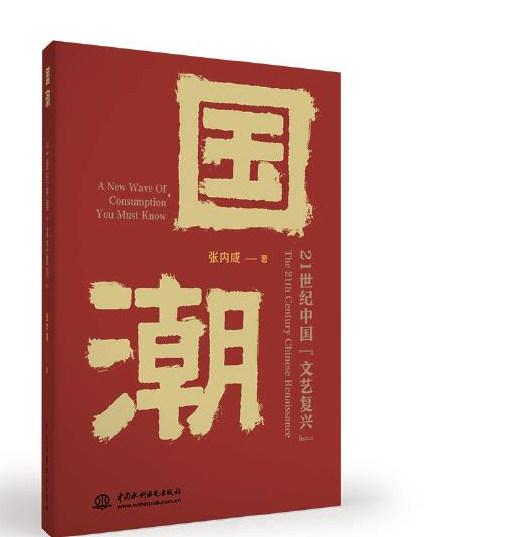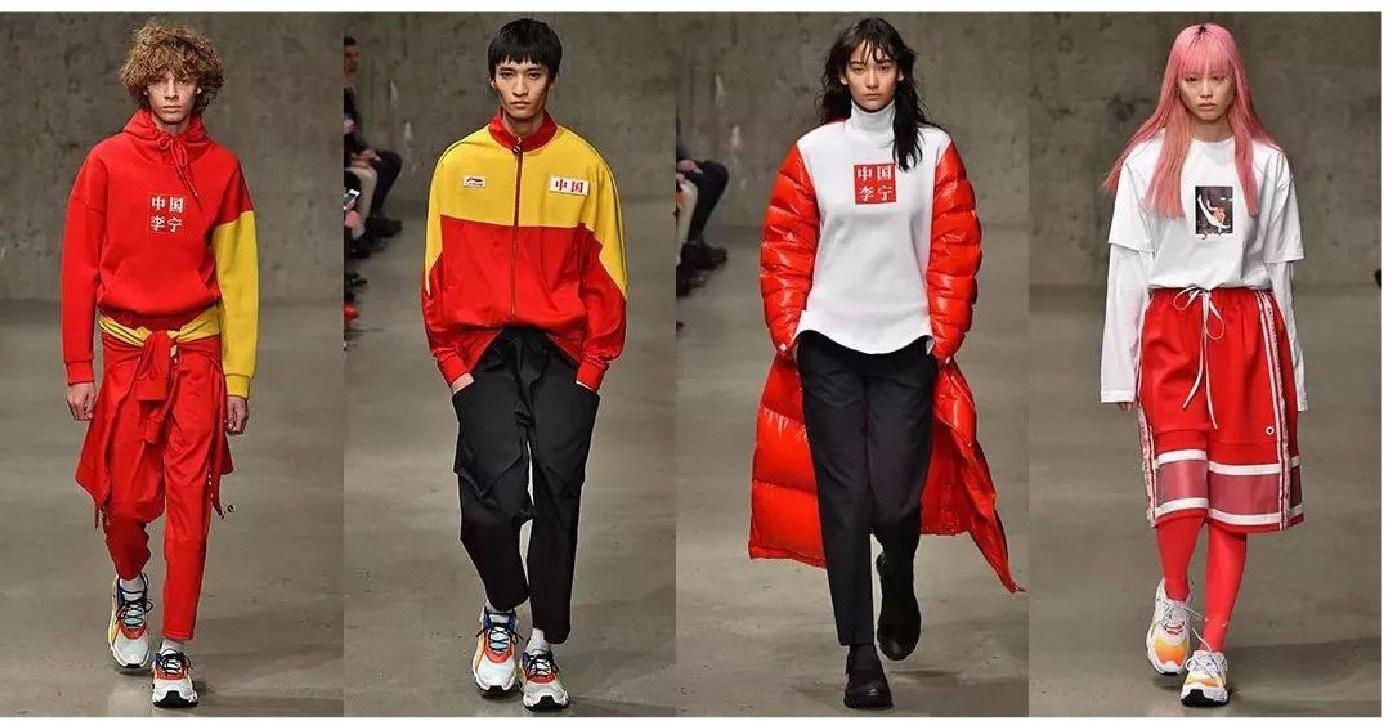What Is Guochao?


A New Wave Of Comsumption
You Must Know
Zhang Neixian
China Water & Power Press
January 2022
88.00 (CNY)
The book is split into six chapters, mainly taking the meaning and the three elements of guochao as cues and elaborating on what guochao is and how to build it. Hence, this book, contributing to awakening the traditional aesthetic taste, innovating the aesthetic trend, and bolstering confidence in our own culture, is suitable for readers from all walks of life to read and of a certain guiding significance in developing guochao culture.
Zhang Neixian
Zhang Neixian is a young director, screenwriter, and book author. He has been working in the film and TV industry for more than ten years, with four films and one full-length documentary series. He has also acted as a commercial advertising producer and a director of film and TV programs, including several mini-movies, documentaries, internet films, etc. He has been nominated at Tudou Video Festival (TDVF) for Best Picture, Best Director, and Best College Students Creation Award and has been rated as one of the “Top Ten New Youth in Beijing” by Fellow Traveller. His filmography includes No Country for Young Men, Hormone, Our Legend, etc.
If you trace down the origin of the word guochao, most media workers hold that the year 2018 can be regarded as the first year of guochao. In 2018, in the face of unsalable inventory, a Chinese sportswear brand “Li-Ning” was featured in the New York Fashion Week with its strong marketing. This wave of marketing made a hit and stir in China. What Li-Ning did is very simple, just printing the four Chinese characters 中國李寧 (Chinese Li-Ning) in the most prominent position of their clothing. Another two Chinese characters 中國 (China) before characters 李寧 (Li-Ning) immediately made Li-Ning a smash hit in media discussion. Li-Ning was not a “fashionable brand”, just selling products of ordinary sportswear and basketball shoes. Some insiders even pointed out that the design of Li-Ning clothing seemed to be a copycat of a variety of foreign fashion brands. But none of these doubts can stop consumers enthusiasm for it. After that, young people wearing Li-Ning clothes could be seen everywhere in the streets and alleys, and Li-Nings franchise stores had an overall brand upgrade focused on 中國李寧 (Chinese Li-Ning). At the time, only some financial authors called Li-Ning “guochao”, but soon after, the whole Chinese internet community followed suit. The media that used the word did not stand as one, and there was no lack of cautious and conservative criticism. Hence, at the beginning of the new word, we were unable to tell whether it was commendatory or derogatory just from the perspective of etymology. If “guochao” was adopted to depict fashionable consumer goods in China, many brands, businesses, and even cultural content have seemed to follow far beyond this category. Almost everyone wanted to be labeled as “guochao” but never really tried to make the concept out. Many people even directly called domestic goods “guochao” or thought that “guochao” was equal to domestic goods.
Before discussing guochao, we can at least understand the word as “domestic products”. The Modern Chinese Dictionary (7th edition) interprets it as “domestically manufactured products”. Combined with Chinas reality, it can have two interpretations: ① formerly, it referred to the industrial products produced by China, representing excellent quality at a reasonable price and mainly focusing on daily necessities and cosmetics;
② now it stands for the industrial products designed, produced and created by China in the medium to high-level service industry.
Therefore, it is a little complicated to explain the word “guochao,” and a better way is to translate domestic goods as “Chinese brands”. From the 19th century to the 1970s, it was not an ambiguous term because industrial products made in China were Chinese brands. From the 1980s to the present, since the reform and opening up, China has become a factory to the world. Then products made in China were not necessarily Chinese brands but may also have been original equipment manufacturers (OEM) of foreign brands. Obviously, domestic goods refer in particular to Chinese brands, with the focus on “brands”, not the place of production and manufacturer. For example, in a busy factory in Shenzhen, a truck driving from the factory gate at 10:30 am carries domestic goods, and another truck driving from the factory at 3:00 pm may be full of “foreign goods”. Some of these “foreign goods” are shipped to Customs, and some are distributed and sold directly in China.
I dont mean to nit-pick on words on purpose, but its very important to understand these concepts. Ferdinand de Saussure, the father of modern linguistics and the recognized master of structuralism, taught us how to identify the true meaning of a word --- I mean “the true meaning”. First, we need to find out what the prescriptive and descriptive meanings of a word are to distinguish the boundary between ideal and reality.
In summary, we can conclude that guochao is not equivalent to domestic products and is instead beyond domestic products.
Please pay attention closely to these two conclusions. Although they are very similar, their meanings are like apples and oranges. The latter, in particular, indicates that guochao can also include “foreign brands”, which makes the situation very interesting. On this point, foreign media interpret it from a completely different perspective, sometimes even with misunderstanding and prejudice.
So, what exactly is the definition of guochao?
To understand the “true meaning” of guochao, we have to understand the difference between ideal and reality. Ideal and reality refer to what guochao should be like, what it is actually like, and what it is like in different situations. Due to differences in common sense, many accustomed words in life are ambiguous. The same is true of guochao. It is impossible for everyone in the world to reach a consensus, but I hope that it at least has relatively clear boundaries.
中國新書(英文版)2022年3期
